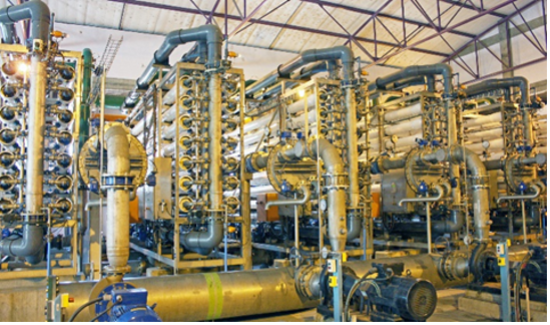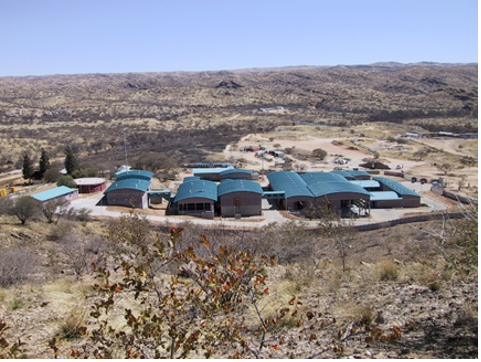
Potable Reuse
Turning used water into drinking water. A growing essential for water security.


In many regions of the world, access to clean drinking water is not a matter of course. A secure supply is frequently only possible through the use of alternative resources. Therefore, reclaimed water represents a viable option for potable water augmentation.
The practice of utilizing treated municipal used water for drinking purposes is referred to as potable water reuse. This method offers an additional avenue for enhancing a region’s water resource repertoire.
Potable water reuse encompasses two main approaches:
- Indirect potable reuse (IPR): This method involves utilizing an environmental buffer, such as a lake/reservoir, or aquifer, prior to treating the water at a drinking water treatment facility.
- Direct potable reuse (DPR): In this approach, water undergoes treatment and distribution without relying on an environmental buffer.
The solutions employed for potable reuse typically comprises:
Potable reuse – DPR & IPR:
- Non treatment & Operational barriers: e.g. strict separation of industrial and domestic effluents, source control, extensive pre-treatment of used water prior to the water reclamation plant. In addition, the produced water is blended with surface and/or ground water.
- Advanced Multi-Barrier Systems – providing multiple safety barriers to guarantee safe and high-quality drinking water using advanced technologies such as ozonation or membrane filtration (UF, RO).
- DPR: No environmental buffer
- IPR: Environmental buffer, augmentation of aquifer or reservoirs.
Potable Reuse provides a sustainable, climate-independent, local source of supply for communities. More and more countries are convinced by this option:
Namibia was the first country worldwide to facilitate DPR for more than 50 years. Other countries have followed this path: Beaufort West (South Africa) and Big Spring (Texas, USA) opted for DPR, while Singapore (NEWater) and Orange County (USA) practice IPR.
WABAG has the know-how and the technologies required to provide drinking water from treated municipal used water, as demonstrated by the world’s first direct potable reclamation plant in Windhoek: The New Goreangab WTP in Windhoek, Namibia turns used water into high quality drinking water.




The city of Windhoek receives water from three sources, one of which is the globally renowned Goreangab water reclamation plant. This unique reclamation plant transforms domestic secondary effluent into high-quality drinking water by means of the latest water technologies.
Barriers – before, during and after the water treatment.
A system of multiple safety barriers is installed, not only during, but also before and after the water treatment process. The first fundamental barrier is provided by the fact that industrial and domestic effluents are strictly separated followed by an extensive pretreatment prior to reaching the reclamation plant. The domestic used water from the city is treated using the Gammans used water treatment plant (nutrient elimination with the UCT process) and polished in maturation ponds before cleaning in the advanced multi-barrier system comprised of nine treatment steps. This employs a series of safety barriers for all crucial contaminants and thus guarantees the reliable fulfilment of strict standards.
Nine treatment steps, which provide multiple, full and partial safety barriers: Pre-Ozonation, Coagulation/Flocculation, Dissolved Air Flotation (DAF), Dual Media Filtration, Main Ozonation, Biological activated carbon filter, Adsorption (activated carbon filter), Ultrafiltration, Safety Disinfection.
Capacity: 21,000 m3/d
Start-up: 2002
Explore our innovative technologies for potable water reclamation:
» Deep bed filtration in various designs
» Oxidation processes: Ozonation, ADOX®, CERAMOZONE®
» High-rate clarification: OPUR-SK™
» Adsorption processes: CARBOPUR®, PACOPUR®
» Desalination: innovative RO technologies
Discover more of our solutions for water recycling & reuse


